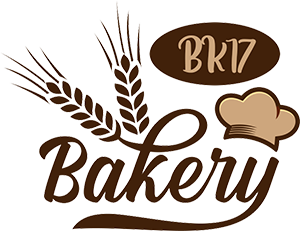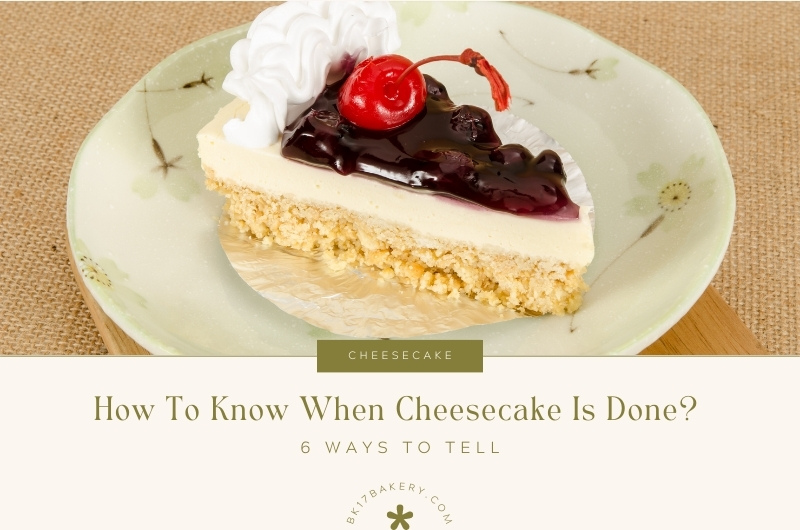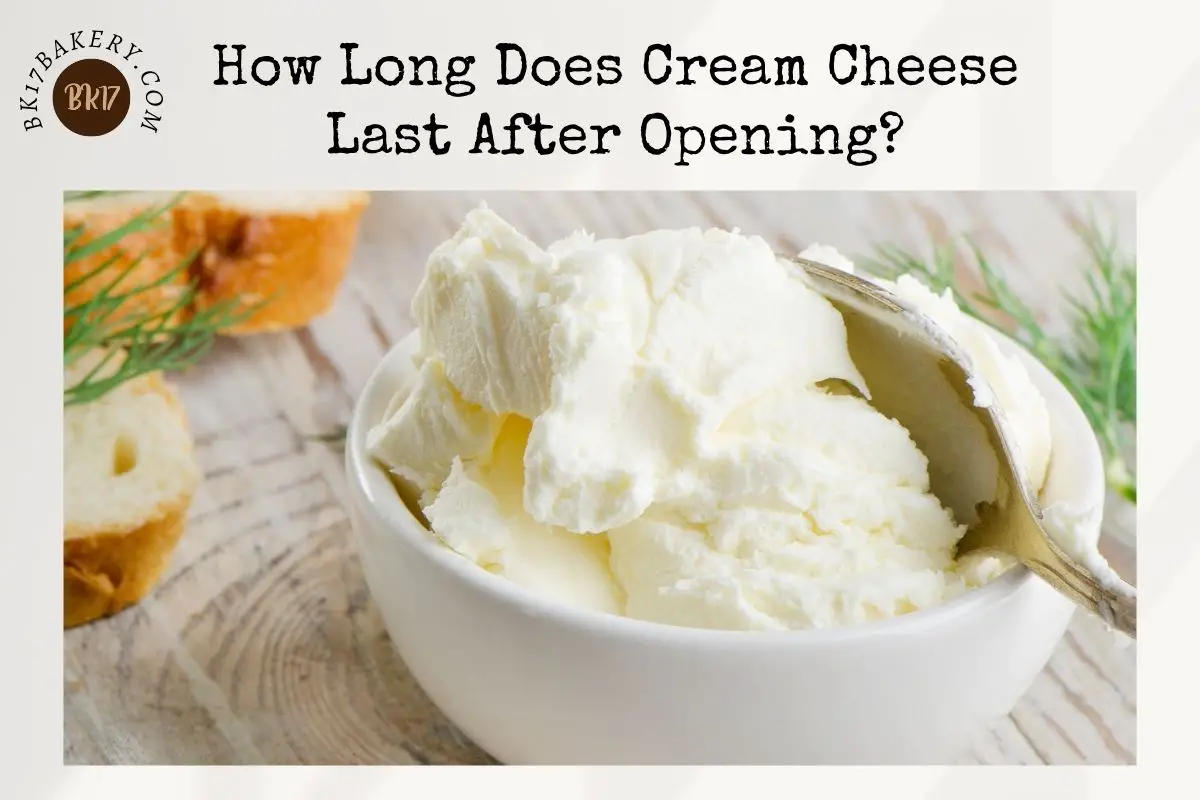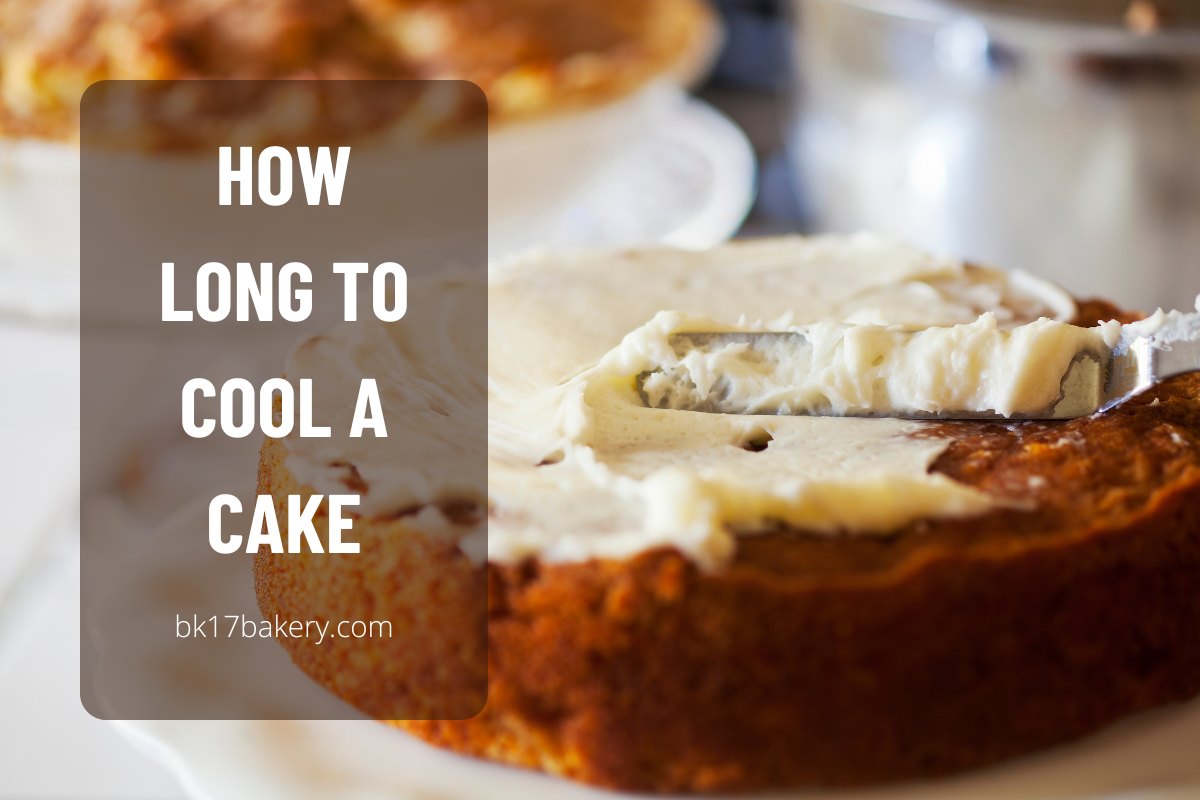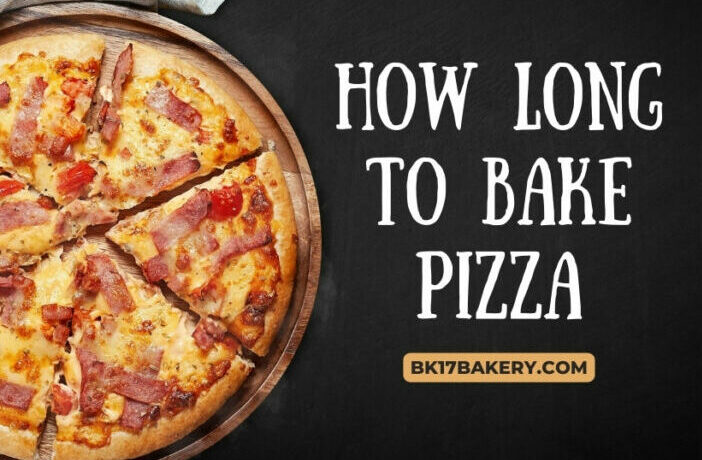Knowing when the cheesecake is perfectly baked is a key skill for any dessert enthusiast. The delicate balance between a creamy, luscious texture and avoiding overcooking can be a culinary challenge. So, how do you know when a cheesecake is done?
Let’s uncover foolproof indicators, from subtle degree of jiggle, touching test to visual cues, ensuring the entire cake turns out flawless every time.
In This Article
How To Know When Cheesecake Is Done
Your cheesecake will be ready if it jiggles in the middle, doesn’t adhere to your finger when you touch it (firm to the touch), has reached 150°F, or has a golden brown edge around it with a dry top.
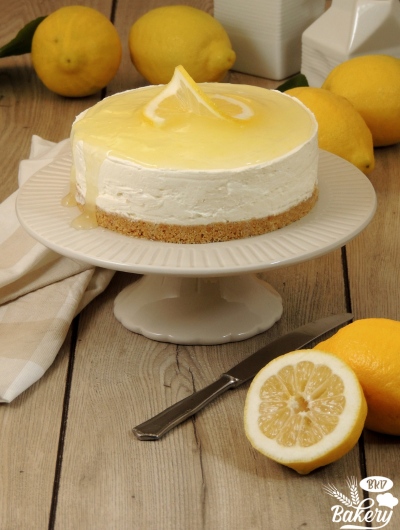
Jiggle-Jiggle Test
Wondering how to tell if cheesecake is done without a thermometer? The slight jiggle-jiggle test stands out as one of the ingenious methods that I apply to determine the doneness whenever my daughter and I make a cheesecake. Because my little daughter doesn’t know how to use a thermometer, I told her to gently tap the side of the baking pan and observe the movement of the custardy center.
If it’s a soft, gentle jiggle, resembling the wobble of Jell-O, it’s likely perfectly done. This tactile technique offers a unique and reliable way to ensure that your cheesecake emerges from the oven with the ideal creamy consistency, guaranteeing a classic dessert masterpiece that will impress.
Gentle Touch Method
This one I’m sure you can’t pass up! Before doing this, make sure your hands have been thoroughly cleaned. Give your cheesecake center a gentle tap with one or two fingers. You should be able to move your fingers freely and feel a tiny firmness in the cake.
If your touch leaves an indentation or feels overly sticky, this is a clear sign that your cheesecake is not ready. Giving it a bit more time in the oven will fix the problem.
Use Your Kitchen Thermometer
Employing a food thermometer emerges as a precise and scientific approach to determining cheesecake perfection. As your baking time approaches its zenith, insert an instant-read cooking thermometer into the center of the cheesecake.
When the internal temp of cheesecake is around 150°F (65°C), you’re on the cusp of culinary excellence. This method eliminates guesswork, guaranteeing that your cheesecake is flawlessly cooked, with its silkier texture and special flavor harmonizing into a delectable symphony for your taste buds to savor.
I know what you’re wondering about the hole you may leave behind in your delicious dessert. This will certainly happen, so choose this technique only when you don’t care about your cake having an immaculate appearance. I usually disguise it by making a cut right at the hole, and the imperfection seems unnoticeable then! Or else, you can garnish the cake with other toppings, which I will share below.
Tap Test
This is the method I use quite often as it is very easy to do. It’s very much like the shake but with even less effort. As the period of time winds down, gently tap the top of the cheesecake with your fingertip. You may also quickly tap your cheesecake with an oven-safe implement or wooden spatula rather than sticking your hands into the oven.
An ideal cream cheese filling should feel firm and set, yet yield slightly to your touch, much like the surface of a perfectly ripe fruit. If your tap delivers a hollow sound or the surface feels overly soft, it might require more time in the oven.
Toothpick Test
Using a toothpick is a great alternative if you’re concerned about the damage a thermometer hole might do to the top of your cheesecake. This is also helpful for those who don’t own a quick-read thermometer.
For this strategy, observation and evaluation abilities are required. Most of the toothpick should be inserted into the cheesecake, and you should wait a short while before removing it. Undercooked food feels moist and drips liquids, while overcooked food can seem overly dry. Remember to poke the same hole each time you use this approach, as you can do it multiple times.
Appearance Check
As your baking time draws to a close, observe the outer edges of the cake; they should be set and slightly puffed, often displaying a delicate golden hue. Also, you want to achieve a matte surface finish; the top layer shouldn’t be sticky when your cake is finished.
While cracks on the surface are common and don’t necessarily signal undercooking, a smooth surface appearance is what you’re aiming for. This visual cue provides a glimpse into the harmonious blend of creamy interior and well-baked crust.
What To Do If I Undercook The Cheesecake
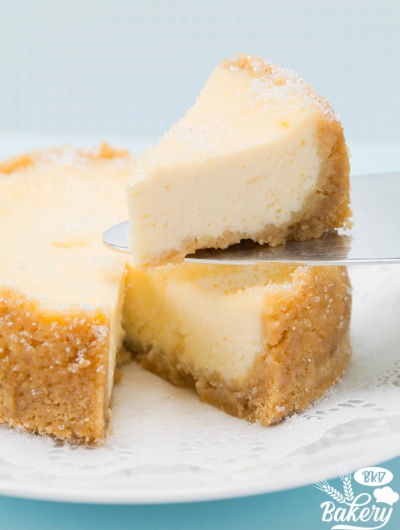
We’ve all been there – eagerly anticipating that first heavenly bite of cheesecake, only to discover it’s undercooked. But fear not, for an undercooked cheesecake doesn’t have to be a heavy dessert disaster. Here is how I transform my slightly underdone creation into a velvety masterpiece with a few simple tricks:
- Return to the Oven: If your cheesecake is just a bit too jiggly in the center, consider returning it to the oven. I preheat my oven to the preferred temperature and bake the cheesecake for 10-15 minutes. Keep a watchful eye, and be cautious not to overbake – you’re aiming for a gentle set rather than a firm surface finish.
- Chill and Set: Once I’ve achieved the desired texture, I let my cheesecake cool at room temperature. Then, I refrigerate it for several hours or, ideally, overnight. This chilling step not only helps the festive flavors meld but also contributes to the overall setting of your specialty dessert.
- Serve with Flair: When your cheesecake is fully set and chilled, it’s time to get creative! I usually cover any imperfections with a luscious fruit compote, a generous whipped cream dollop, a powdered sugar dusting, or just cutting right on the hole (as I shared earlier). These finishing touches add visual appeal and enhance the taste and texture.
See more: Undercooked Cheesecake: How To Tell & How To Fix Runny Cakes
Frequently Asked Questions
Is Cheesecake Done When Cracked?
No, the presence of cracks on the surface of a cheesecake does not necessarily indicate that it is undercooked or done. Cracking is common in cheesecakes and can happen for various reasons, including overmixing the raw batter, sudden temperature and heat changes, or the release of steam during baking.
Is It Better To Overcook Or Undercook Cheesecake?
It is generally better to slightly undercook a cheesecake than to overcook it. Overcooking can lead to a dry and crumbly texture, negatively affecting the overall taste and quality. When undercooked, a cheesecake might have a slightly softer center. In this case, I always chill it in the fridge to maintain the desired creamy consistency and prevent the cheesecake from drying.
Does Cheesecake Fall After Baking?
Yes, cheesecake can sometimes fall or sink slightly in the center after baking. This is due to factors like cooling and contraction of proteins, steam release, and overmixing. While some sinking is normal, it can be minimized by avoiding overmixing, not overbaking, and gradually cooling the cheesecake in the oven.
How Long Does Cheesecake Take To Set After Baking?
After baking, regular cheesecake should be allowed to cool at room temperature for about 1 to 2 hours, then refrigerated for at least 4 hours or overnight to fully set and develop its desired texture and flavor. This gradual chilling and cooling process allows the proteins and fats in the cheesecake to firm up, resulting in a creamy and stable consistency.
Final Words
I’m sure now you know if cheesecake is done. Mastering the art of determining cheesecake doneness empowers you to create your favorite desserts.
Remember, cracks on the surface aren’t the sole measure. Trust the gentle jiggle and careful observation of its edges. With practice, your creamy cheesecakes will come out of the oven perfectly cooked, ready to delight with every velvety bite.
